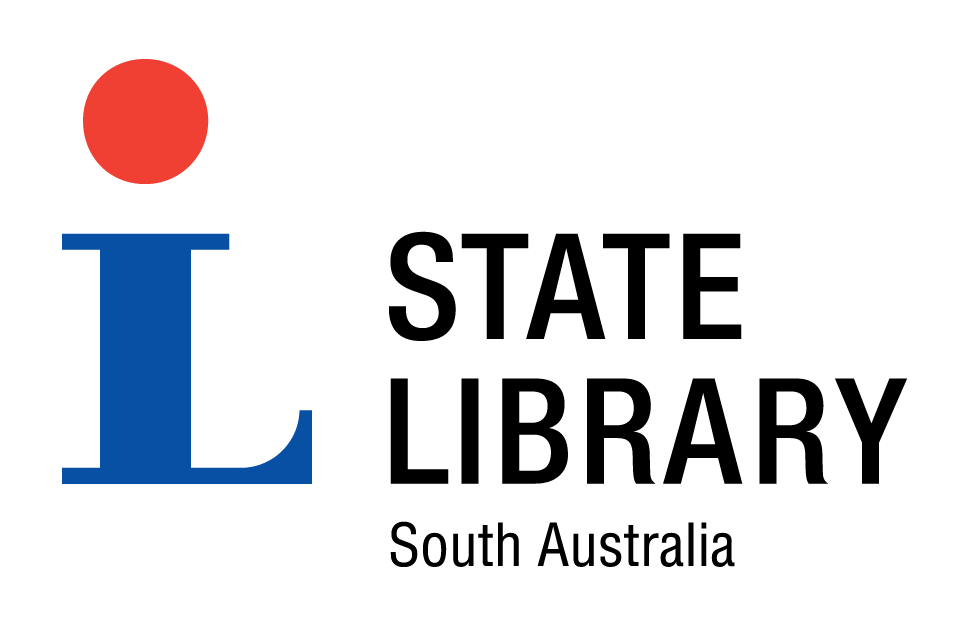
Terra Australis nondum cognita |
|||
|---|---|---|---|
| Title : | Terra Australis nondum cognita |

|
|
| Creator : | Ortelius, Abraham, 1527-1598 | ||
| Source : | Theatre de l'univers : contenant les cartes de tout le monde: | ||
| Place Of Creation : | Anvers | ||
| Publisher : | De l'Imprimerie Plantinienne pour Abraham Ortel autheur mesme de ce livre | ||
| Date of creation : | 1598 | ||
| Format : | Book | ||
| Contributor : | Royal Geographical Society of South Australia Inc | ||
| Catalogue record | |||
| The State Library of South Australia is keen to find out more about SA Memory items. We encourage you to contact the Library if you have additional information about any of these items. | |||
| Copyright : | This item is reproduced courtesy of Royal Geographical Society of South Australia Inc.. It may be printed or saved for research or study. Use for any other purpose requires written permission from Royal Geographical Society of South Australia Inc. and the State Library of South Australia. To request approval, complete the Permission to publish form. |
| Description : |
The ancient Greeks had theorised that there should exist in the southern hemisphere a large land mass to counter balance Europe and Asia in the north. When Ptolemy of Alexandria published his Geographia circa 150AD he produced the hypothetical southern continent of Terra Australis nondum cognita, or the Unknown South Land. In Ptolemy's map of the world he joined the known east coast of Africa with East Asia, landlocking the Indian Ocean. By the time that Abraham Ortelius produced his atlas in 1598, Africa had been rounded by the Portuguese and the East Indies was discovered by them as well. Colombus had discovered North America in 1492 and Ferdinand Magellan sailed in 1519, discovered the Straits of Magellan at the bottom of South America, crossed the Pacific Ocean, and reached the East Indies from the west. Terra Australis nondum cognita was being reduced in size, and in the approaching decades of the early 17th century, Australia would begin to take shape on the world map. On Ortelius' map it appears only as a hypothetical peninsula reaching north to the East Indies (Indonesia). The names Beach, Lucach, Maletur on this peninsula have been placed there in error by the cartographer, and are actually considered to be part of Asia.
Abraham Ortelius was born in Antwerp in 1526, and following the death of his father, was educated by his uncle Jacques van Meteren. He became a map colourist and acquired considerable skill at this craft, to the extent that 'some customers insisted on buying atlases coloured by him even after he had become a publisher, cartographer and merchant.' Ortelius graduated from colourist to merchant and attended the Frankfurt Book Fairs in pursuit of his trade where he first met Gerard Mercator, who became a lifelong friend. Not content to stay at home, Ortelius travelled extensively to France, Italy, Germany, England and Ireland, and became fluent in Latin, German and French, in addition to his native Flemish. He also spoke Italian, Spanish and Greek. His business brought him in contact with scientists, mathematicians and cartographers, and it was one of these contacts who inspired the idea of the atlas - a uniform collection of maps. A private commission to produce a neat, easily handled volume containing as many small maps as possible, led Ortelius to consider how this would benefit scholars at large. His first Atlas Theatrum Orbis Terrarum was published in 1570. Ortelius received the moral support of his friend Gerard Mercator, who not only had first used the term 'atlas', but contributed a foreword or 'letter of recommendation' in which he praised 'the innovative and reliable nature of the maps contained' therein. Ortelius continued to update and publish his atlases until his death. |
| Subjects | |
| Related names : | Ortelius, Abraham, 1527-1598 Ptolemy, 2nd cent |
| Coverage year : | 1598 |
| Place : | World |
| Further reading : | Berggren, J. L Ptolemy's geography: an annotated translation of the theoretical chapters Princeton, NJ. : Princeton University Press, 2000 Binding, Paul Imagined corners: exploring the world's first atlas London., [England]: Review, 2003 Heath, Byron, Discovering the great south land Dural, N.S.W.: Rosenberg Publishing, c2005 Terra Australis to Australia edited by Glyndwr Williams and Alan Frost Melbourne: Oxford University Press in association with the Australian Academy of the Humanities, 1988 Whitfield, Peter, The image of the world: 20 centuries of world maps London: British Library, c1994 |
| Internet links : | |
| Exhibitions and events : | State Library of South Australia: Mortlock Wing. Taking it to the edge August 2004- |


